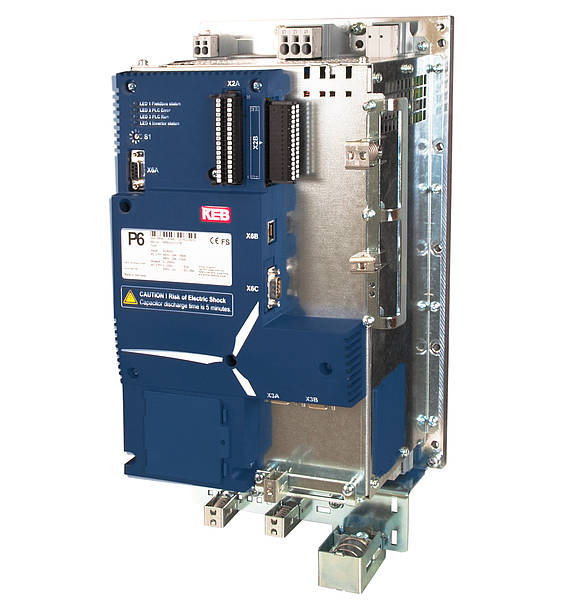Posted on 21st May 2024

According to CM Industry Supply Automation (Lenze Drive & Keb Drive supplier) Elevators are the lifelines of modern infrastructure, seamlessly transporting people and goods between floors with precision and efficiency. Central to their operation are motor systems, the unsung heroes responsible for ensuring smooth rides and reliable performance. Let's delve into the fascinating world of elevator motor systems and their crucial role in enhancing passenger experience and operational efficiency.
At the core of every elevator is a sophisticated motor system designed to convert electrical energy into mechanical motion. These systems employ a variety of technologies, including geared, gearless, and machine-room-less (MRL) configurations, each tailored to specific building requirements and usage patterns.
The hallmark of a quality elevator experience is a smooth, jerk-free ride from start to finish. Motor systems achieve this by precisely controlling acceleration, deceleration, and leveling processes. Advanced control algorithms and feedback mechanisms ensure that passengers experience minimal discomfort, even in high-rise buildings or during abrupt stops.
Beyond mere functionality, elevator motor systems prioritize passenger comfort and safety. Vibration dampening technologies, noise reduction measures, and dynamic load balancing techniques work in harmony to create a serene and enjoyable riding environment. Whether ascending to a skyscraper's summit or descending to an underground parking garage, passengers can expect a tranquil journey devoid of jolts or jitters.
In addition to passenger comfort, motor systems play a pivotal role in optimizing energy efficiency and system reliability. Variable frequency drives (VFDs) and regenerative braking technologies maximize energy conservation by efficiently managing power consumption and recovering kinetic energy during descent. Furthermore, predictive maintenance algorithms monitor motor performance in real-time, identifying potential issues before they escalate into costly downtime events.
As the elevator industry evolves, so too do motor system technologies. Innovations such as permanent magnet synchronous motors (PMSMs), magnetic levitation (maglev) systems, and IoT-enabled predictive maintenance usher in a new era of sustainability and efficiency. By embracing these advancements, building owners and operators can reduce their carbon footprint, lower operating costs, and enhance the overall building experience for occupants.
According to CM Industry Supply Automation, Elevator motor systems are the silent guardians of vertical transportation, ensuring smooth rides, passenger comfort, and operational reliability. Through meticulous engineering and continuous innovation, these systems elevate the standard of excellence in modern architecture and urban mobility. As we look to the future, the convergence of advanced technologies and sustainability principles promises to redefine the role of motor systems in shaping the cities of tomorrow.